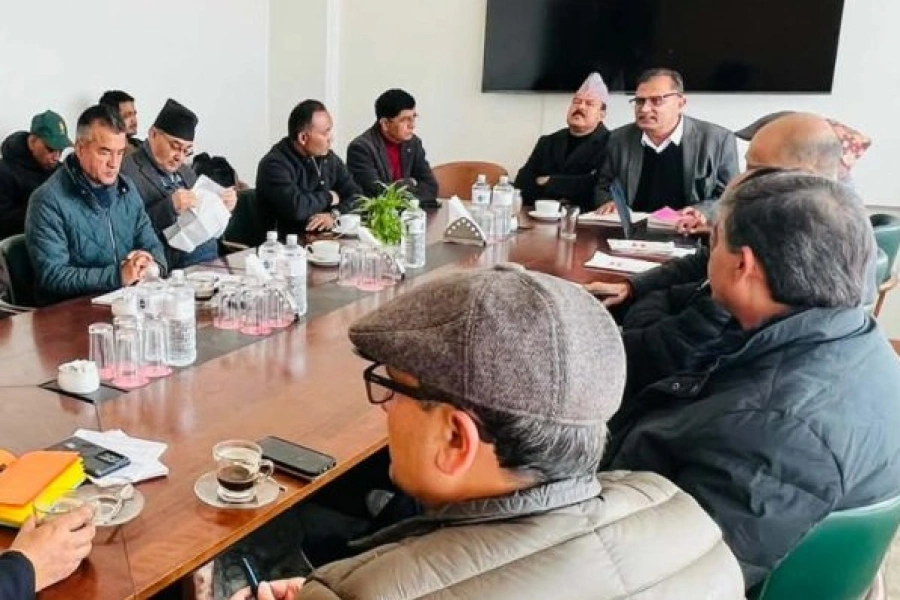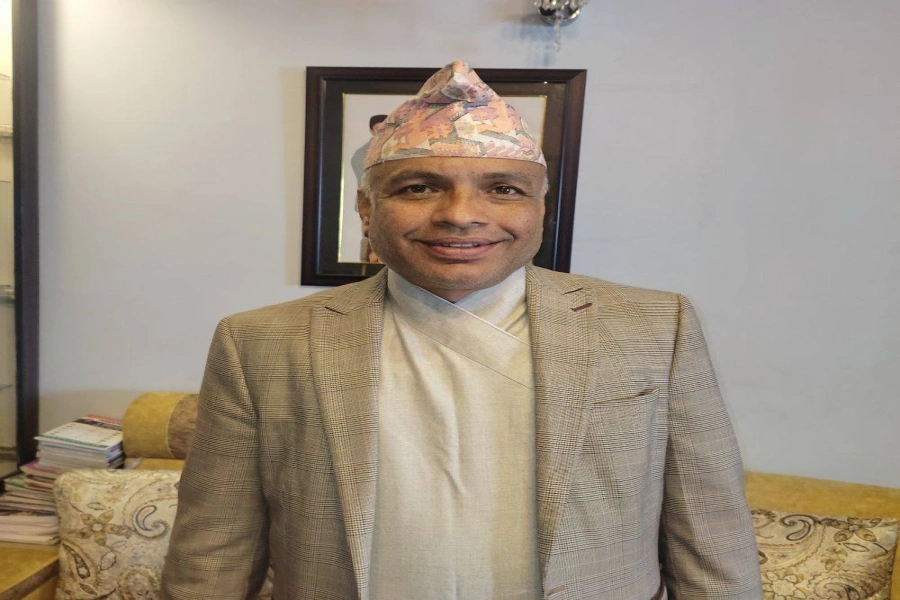Child labor continues to remain a pervasive problem even after three decades of collaborative efforts for its prohibition and regulation in Nepal. According to the Nepal Child Labor Report 2021 prepared by the International Labor Organisation (ILO), 1.1 million children aged 5 to 17 years are engaged in child labor (in 2018) compared to 2.6 million (in 1998). Whilst national statistics show some improvement, other studies have shown grave concern for children engaged in the hidden and exploitative forms of labor in Nepal. There is no denying that child labor compounded by social, cultural, economic, and political factors remains a grave concern for all stakeholders in the country.
On the occasion of the ‘World Day Against Child Labor’ on 12th June, the government and its development partners are hosting several events throughout the month. This article discusses some pertinent issues and offers pragmatic suggestions to make this year’s slogan ‘Social Justice for All: End Child Labor’ a reality.
Why is eliminating child labor a priority?
Local units to abolish child labor by 2029

Children forced to work in exploitative labor conditions are not only deprived of their fundamental rights to education, health, childhood development, sports, safety, and protection (as enshrined in Nepal’s Constitution) but it also directly impacts their physical, social, and emotional development. Several legislations and policies: Child Labor Prohibition and Regulation Act (2000), The Labor Act (2017), the Children’s Act (2018), and Muluki Civil Code (2017) among others recognize child labor as a human rights violation. As a signatory to various international treaties, Nepal is committed to achieving the targets of sustainable development goals (particularly SDG target 8.7) and even developed a roadmap for eliminating the worst forms of child labor by 2030. Despite all these efforts, a significant number of children are still working as child laborers in various sectors, enterprises, and informally. To achieve this goal, all levels of the government, CSOs and the private sector need to work collaboratively to push forward the child protection agenda and support vulnerable children and their families.
First and foremost, in the federalised structure of Nepal, several existing policies and mechanisms envisioned by the Children’s Act 2018 need adaptation and contextualization. As such, there is a dire need to define the worst forms of child labor and update the list of hazardous work including hidden forms of child labor and economic exploitation. The limited labor inspectors cannot monitor the entire country. Strong emphasis should be given to building capacities of local bodies including child rights committees that should actively participate in key decisions made for working children.
Second, it is imperative to strengthen the child protection mechanisms at the local, provincial, and federal levels that have specific mandates and enhanced financial, technical, and human resource capacities to address the issue of child labor properly. While it is praiseworthy to see an increasing number of child welfare authorities assigned to the local municipalities, there is a massive need for their capacity development. The provision of child funds with clear guidelines is critical that specify roles and mechanisms to support vulnerable children. Only after having all these mandatory provisions, the government’s vision to enforce child labour-free declaration campaigns can sustain.
Third, the need for a proper data management system and the use of data and evidence for combating child labor is significant.There is a plethora of studies done on child labor. However, they are seldom used as tools for advocacy and guide the development of plans and programmes. One of the ground-breaking participatory action research programmes - Child Labor Action Research Innovation in South and South-Eastern Asia (CLARISSA) collected and analyzed the life stories of 400 Nepali children working in ‘dohori’ restaurants, dance bars, spa-massage parlors, eateries and guest houses. The research highlighted several factors besides the poor economic condition such as family conflict, alcoholic parents, sickness and death of family members, extramarital affairs of parents and peer influence as the key drivers that pushed them into child labor. The findings of such studies will be instrumental in developing specific interventions sensitizing parents and guardians, teachers, and employers, on the risks of child labor as well as encouraging them to value children’s participation and protection of children.
Fourth, it is notable to support the initiative led by Nepali children and youths engaged in the worst forms of child labor in building their agencies. On 16-20 January 2023, representatives of committees/associations of working children from 16 countries (including Nepal) gathered in Kigali Rwanda demanding better policymaking and practice from the local to the global level. The development actors should promote such events and foster the exchange of learning and sharing of best practices, and innovative approaches to address the issues of child labor within and amongst all concerned line departments and agencies.
Last and most important, there is a great scope to strengthen inter-governmental coordination with the National Child Rights Council and specify the role and responsibilities of concerned departments within the Ministry of Labor, Employment and Social Security, Ministry of Home Affairs, Ministry of Women, Children and Senior Citizens and Ministry of Law, Justice and Parliamentary Affairs in the monitoring of the labor situation and mobilize resources to support the rescue and rehabilitation efforts. National and international NGOs need to support system strengthening based on their global and national expertise and work with agencies at all levels to develop strategic plans to address child labor. Private businesses also have a critical role to safeguard their business and showcase ethical work and ensure a decent working environment for all.

































